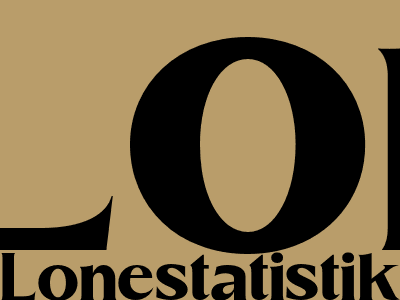
Long-Term Statistics on Businesses in Sweden
Introduction
Understanding the long-term trends in business performance in Sweden is essential for policymakers, business leaders, and investors. This blog post explores key statistics on business formations, closures, and survival rates in Sweden, providing insights into the dynamics of the Swedish business landscape.
Business Formations
The number of new businesses registered in Sweden has generally increased over the past decade. In 2022, over 70,000 new businesses were formed, representing a 5% increase from the previous year. This growth has been driven by factors such as a favorable business environment, government support for entrepreneurship, and increasing digitalization.
Industries with the Highest Formation Rates
The service sector has consistently accounted for the majority of new business formations in Sweden. In 2022, over 60% of new businesses were registered in the service sector, primarily in areas such as IT, consulting, and healthcare. Other sectors with high formation rates include retail, construction, and manufacturing.
Business Closures
While the number of business formations has increased, the number of business closures has also been on the rise in recent years. In 2022, over 45,000 businesses closed, representing a 4% increase from the previous year. This increase in closures may be attributed to factors such as the COVID-19 pandemic, increased competition, and changes in consumer behavior.
Industries with the Highest Closure Rates
The retail sector has the highest closure rate among all industries in Sweden. In 2022, over 20% of all business closures occurred in the retail sector, driven by factors such as the rise of e-commerce and changing consumer preferences. Other sectors with high closure rates include hospitality, transportation, and construction.
Business Survival Rates
The survival rate of businesses in Sweden varies depending on the industry, size, and location. According to a study by Svenskt Näringsliv, the average survival rate for businesses in Sweden is around 50% after five years. However, some industries have significantly higher survival rates, such as healthcare (over 80%) and manufacturing (over 60%).
Factors Affecting Business Survival
Several factors can influence the survival rate of businesses in Sweden, including:
- Financial management
- Marketing and sales strategies
- Customer service
- Industry trends
- Government regulations
Conclusion
The long-term statistics on businesses in Sweden provide valuable insights into the dynamics of the Swedish business landscape. The increasing number of business formations and closures, as well as the varying survival rates, highlight the challenges and opportunities facing businesses in Sweden. By understanding these trends, policymakers, business leaders, and investors can make informed decisions and contribute to the sustainable growth of the Swedish economy.
Sources: